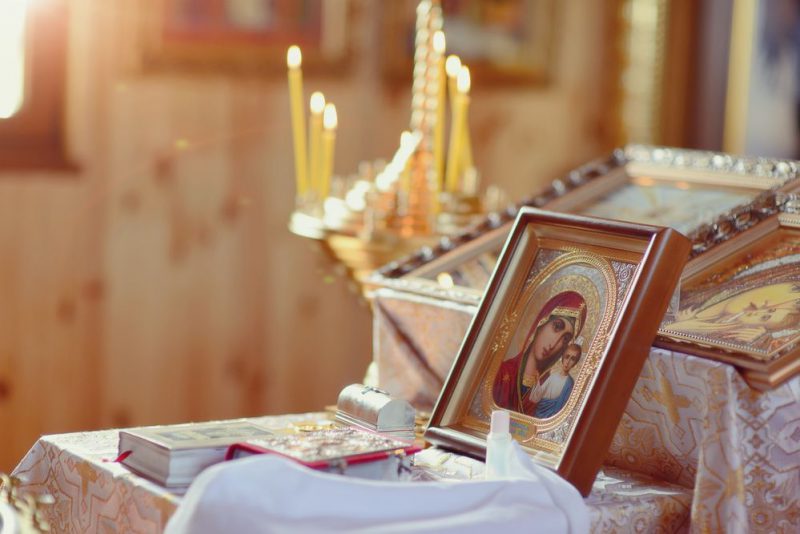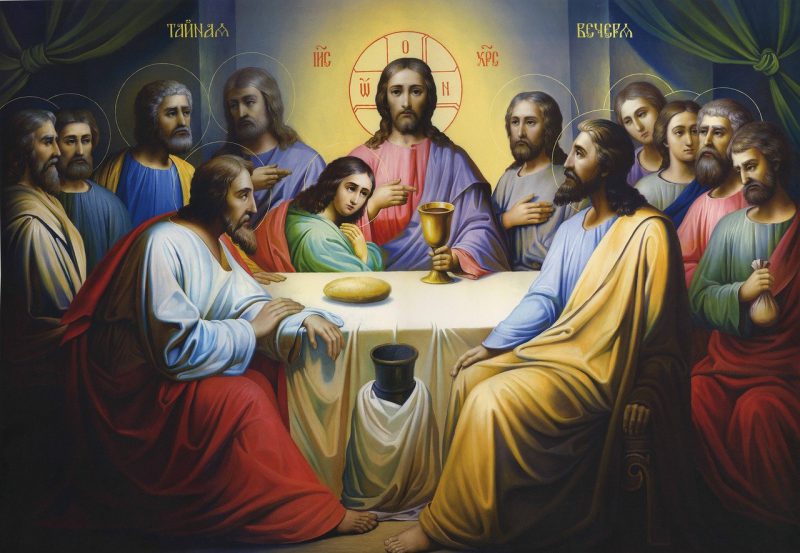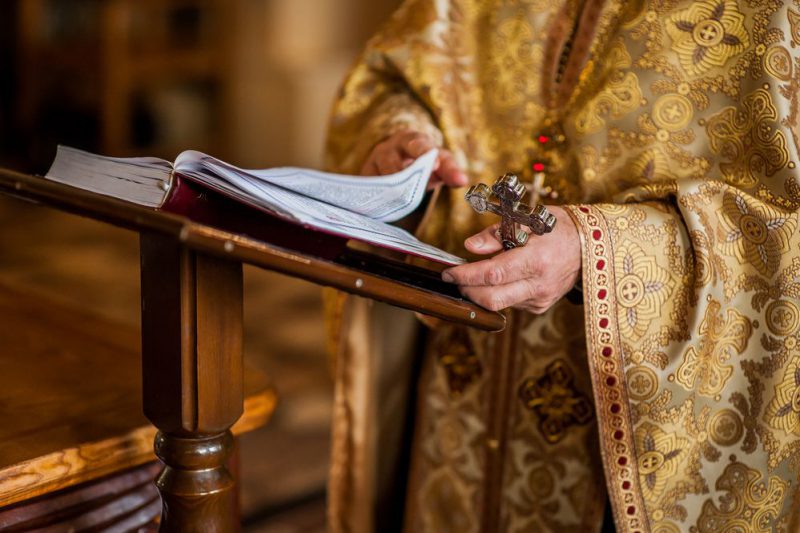The Great Lent in Orthodox tradition
The Great Lent is the most rigorous and significant lent in the Orthodox Church calendar. The Great Lent lasts seven weeks (48 days) and ends the day before Easter. Since Easter is celebrated annually on different dates, Lent also does not have a fixed date and can fall on different days and even months. This year 2020, Orthodox Easter falls on April 19, which means Lent begins on Monday, March 2, and ends on Saturday, April 18.

The essence of the Great Lent
The Great Lent in the Orthodox tradition consists of two parts: The Great Forty Days and the Holy Week.
The Great Forty Days are the first forty days of Lent, the time of strict abstinence. This period is set in memory of the forty days that Jesus Christ spent in the desert in fasting and prayers.
The Holy Week is the last week before Easter, dedicated to the recollections of the last days of the Savior’s earthly life, of His sufferings, crucifixion, death on the Cross, and burial. This week is especially honored by the Church.
During the period of Great Lent it is not allowed to eat food of animal origin (meat, eggs and dairy products), as well as fish. On Clean Monday, the first day of Lent, the believers should completely refrain from food. On other days, meals should be as follows:
– Monday, Wednesday, Friday – dry eating (water, bread, fruits, vegetables, compotes);
– Tuesday, Thursday – cooked meals without vegetable oil;
– Saturday, Sunday – food with vegetable oil is allowed, as well as some wine.
Lent is the most important period for Christians during which people test and educate themselves. Throughout this fast, believers do not just adhere to food restrictions, their main goal is repentance and spiritual cleansing.
Of course, fasting should not be harmful to health, therefore, for pregnant women, nursing mothers and those not feeling well, fasting can be less strict or canceled.
On holidays falling on the Great Lent, it is allowed to eat fish. For example, the Blessed Virgin Mary Annunciation is celebrated on April 7 (day when Virgin Mary got good news of the conception of the Divine Infant Christ). Lazarus Saturday is celebrated on the sixth week of Lent; it is the day when Christ resurrected Lazarus (on this day not fish but fish caviar is allowed). Palm Sunday is Sunday on the sixth week of Lent, the last Sunday before Easter. On this day, the church celebrates the Entrance of the Lord into Jerusalem.
On Saturdays of the second, third and fourth weeks (Parental Saturdays), the commemoration of the dead is performed.
The Holy Week – the last week of the Great Lent
The most difficult period of fasting falls on the last Holy (Passionate) Week, dedicated to the suffering and death of Jesus Christ. Each day of this week is called Great or Passionate. Of particular importance are Thursday, Friday and Saturday.
On Holy Thursday, the church recalls the last supper, during the service, they read the “History of the sufferings of Christ”: from betrayal by Judas to death and burial. Meanwhile, the parishioners stand with lighted candles and then store the candles until Easter. On this day, people clean the house, bake Easter cakes, begin to paint eggs preparing for the Bright Resurrection.

On Good Friday, a shroud is taken out of the church (a fabric depicting Jesus lying in the tomb) and the rite of burial of Christ is performed. On this day believers are not supposed to eat anything, as well as on Great Saturday.
On Saturday, after evening service and liturgy, eggs and cakes are consecrated in churches and clergymen change their dark vestments for white Easter.
On Sunday comes the main Christian holiday – Easter, established in memory of the resurrection of Christ.
The origin of Great Lent
Great Lent has an interesting origin. Initially, it was not the Christians who fasted during The Great Forty Days, but the pagans who were preparing to be Baptised (at that time, they did not baptize every day but only on great holidays, for example Christmas or Easter). When a person was preparing to be baptized, it was a time of spiritual achievements, prayers, and fasting. Since everyone lived nearby, baptized Christians did not want to tempt the fasting neighbors pagans, so Great Lent was born in solidarity.

Great Lent in modern Russia
According to surveys conducted in the past few years, about 80% of Russians consider themselves Orthodox Christians. However not all of them adhere to strict food restrictions during Lent but only 14%.
It is also noted that 9% of those participated in the survey tend to follow most of the lents, but not all. And another 2% strictly observe all the lents.





